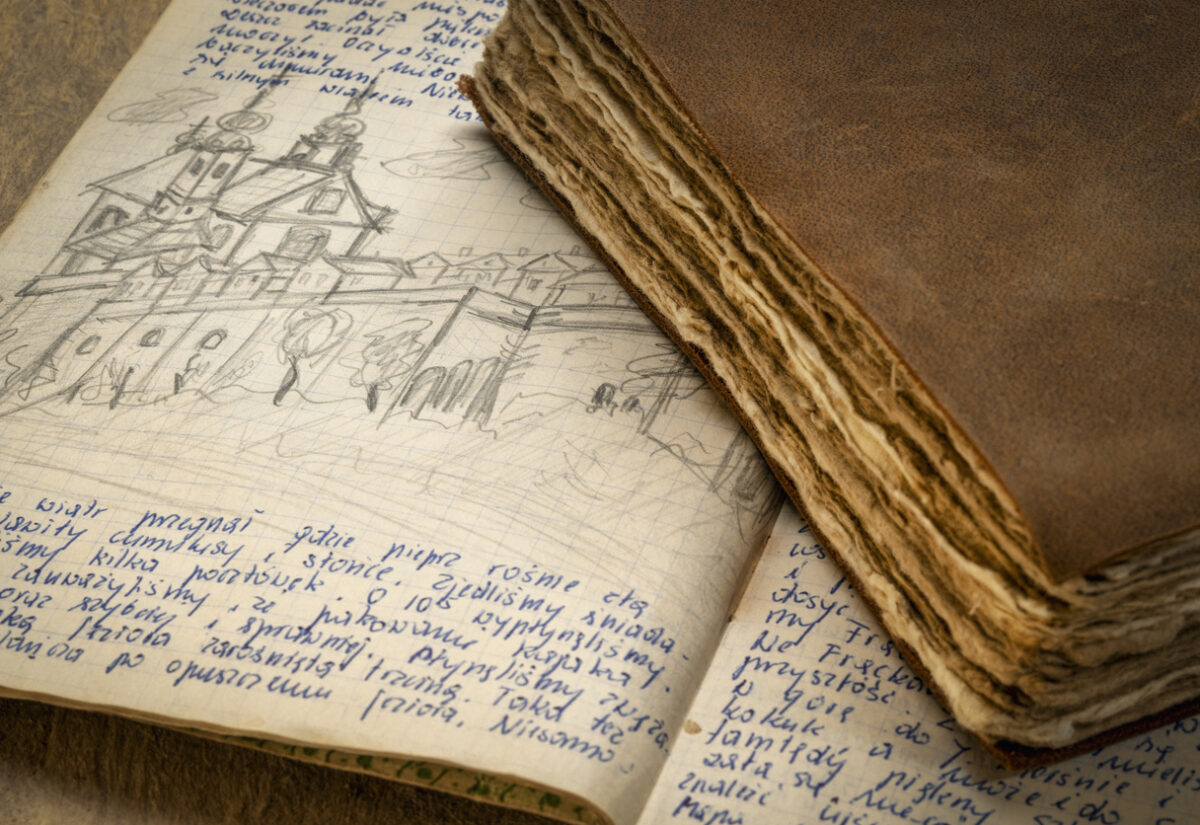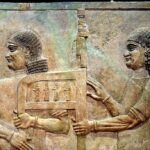 Getty Images/iStockphoto
Getty Images/iStockphotoWe’ve become so used to the convenience of smartphones that it’s hard to imagine how people managed their time, remembered appointments, or navigated the world without them. But organised life isn’t a modern invention—people have always needed ways to structure their days, track commitments, and keep their lives in order. What’s changed is the method. And before the era of glowing screens, people relied on a surprising array of tools, habits, and hacks to stay on top of things. Some of these methods were ingenious. Others were bizarre. Here are some of the weird and wonderful ways people organised their lives before smartphones.
Knotted string reminders
In many cultures, tying a knot in a string was a simple but effective way to remember something important. You’d tie the string around your finger, your wrist, or even the handle of a household object. Each knot represented a task, an event, or a person you needed to think about.
The technique was used in ancient Greece, medieval Europe, and parts of Asia. Some knots were even colour-coded or tied in specific styles to indicate different meanings. This form of tactile memory served as a physical nudge—something you could literally feel. In some Indigenous cultures of the Andes, a similar system known as a quipu used knots on cords to record information. The British Museum holds examples of quipu that were used for administration and record-keeping.
Memory palaces
Long before written lists and calendars, the ancient Greeks and Romans used an advanced mental technique known as the memory palace. This method involved visualising a familiar space—like your home—and placing imaginary objects representing your to-dos or key points within different rooms.
As you mentally walked through the space, you would recall each item in order. Orators, philosophers, and scholars swore by this technique to remember speeches, legal arguments, and even shopping lists. Today, memory champions still use the method to memorise decks of cards or long strings of numbers. Strangely enough, this ancient trick is still surprisingly useful, and it’s easy enough to build your own.
Pocket notebooks and daybooks
Carrying a small notebook in your pocket was standard practice for centuries. Writers, inventors, merchants, and everyday people jotted down ideas, expenses, reminders, and appointments as part of daily routine.
Leonardo da Vinci’s surviving notebooks reveal everything from engineering sketches to to-do lists and shopping notes. In the 18th and 19th centuries, these personal logbooks became more formalised—complete with pre-printed dates, spaces for weather notes, and sections for daily spending. These daybooks were often kept for years and sometimes handed down as family records. They were the ancestors of today’s productivity journals and planners.
Calling cards and social appointment books
Before contact lists and calendar apps, social coordination was its own art form. In the 18th and 19th centuries, people used calling cards—small, printed cards with their name and title—to announce visits or request meetings. These were left with servants or placed on trays in drawing rooms.
Households also kept social appointment books where visits, invitations, and suitable calling hours were meticulously recorded. Social status often depended on adhering to proper etiquette, and a missed or mishandled visit could cause offence. The Victorian obsession with manners meant keeping social engagements in order was almost a full-time job in itself.
Church bells and town criers
Before alarms and push notifications, communities relied on shared auditory signals to structure the day. Church bells rang to mark the hour, call people to prayer, announce markets, or signal emergencies.
In towns and villages, the local crier—often employed by the council—would walk the streets ringing a bell and shouting out the day’s announcements. People set their routines to these sounds: work shifts, meal times, and even curfews were structured around them. In many places, the bell tower was the centre of timekeeping, and its sounds carried authority. Historic UK has a deeper run-down of how these roles shaped local life.
Wall calendars and almanacs
Printed calendars and almanacs became household staples by the 17th century. Almanacs combined astronomical data with farming tips, important dates, weather predictions, and moral sayings.
Calendars were often hung in kitchens or workspaces where everyone could see them. People used them to track moon phases, planting seasons, feast days, and market fairs. Some even marked family birthdays and anniversaries with symbols or colour-coded ink. They offered a shared visual anchor for daily and seasonal planning long before digital syncing existed.
String-bound letter systems
In the days before email and cloud storage, correspondence was not only how people communicated—it was also how they organised information. Letters were tied together with string and kept in bundles, grouped by topic, sender, or year.
Some households created elaborate filing systems using boxes, string tags, and wax seals to manage their records. Merchants and lawyers, in particular, relied on these paper trails to track transactions, agreements, and schedules. Archives from historical estates and court cases show how crucial handwritten records were for both memory and accountability.
Knocking codes and signal windows
In tightly packed towns or shared dwellings, people developed subtle ways to communicate without ever speaking. Knocking codes (think two knocks for “yes,” one for “no”) were used to pass messages through walls or floors.
Windows were also used as status indicators—a certain curtain drawn or a candle lit might signal someone was home and available for visitors. These kinds of low-tech signalling systems helped people manage interactions, appointments, and even romantic rendezvous without writing anything down. In some cultures, this evolved into full-blown etiquette systems based on window displays and subtle gestures.
Body clocks and circadian rhythms
Before watches and clocks were widely available, many people simply lived by the sun and their own internal rhythms. Farmers and labourers rose with dawn and worked until sunset, aligning their days with natural light.
Meals were scheduled around daylight, and people developed a sense of time through habit and observation. Monks followed structured religious timetables, sailors used bells and watches, and festivals were linked to moon phases and seasonal changes. Timekeeping didn’t need to be exact—it just had to be predictable enough to sustain rhythm and routine.
Smartphones are convenient, but they’re not everything
Smartphones may have streamlined our schedules, but humans have always found ways to stay organised. From knotted string to memory palaces, from bells in the square to notes in the pocket, the methods may have changed, but the goal has remained the same: to make sense of time, remember what matters, and keep daily life on track. And while some of these pre-digital hacks seem quaint now, they’re a testament to human creativity in the face of practical challenges. In some cases, they even offer lessons modern tech can’t replace.



